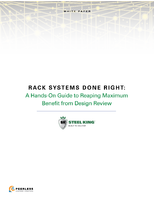BAE Systems Radiation-Hardened Computers Aboard Worldview-1 Satellite
17 Oct 2007
MANASSAS, Virginia - Two BAE Systems RAD750(TM) radiation-hardened single-board computers are managing the command and control functions onboard the WorldView-1 satellite, launched Sept. 18 aboard a Delta II rocket.
WorldView-1 was built by Ball Aerospace and owned and operated by DigitalGlobe in Colorado. It is part of the National Geospatial-Intelligence Agency's NextView program, which will provide high-resolution images of Earth. NextView is a new generation of imaging satellites capable of collecting geospatial intelligence in support of national security.
The first satellite in the NextView program, WorldView-1 will collect, store, and downlink more frequently updated imagery than any other commercial imaging satellite in orbit.
The two RAD750 computers were delivered to Ball Aerospace of Boulder, Colorado, builder of WorldView-1. WorldView-1 is the 10th satellite now operational in space with RAD750s in control.
"Within the next two years, more than 150 RAD750s will be launched into space on a variety of civil, commercial, and DoD satellites," said Vic Scuderi, business area manager for space products at BAE Systems in Manassas, Virginia. "WorldView-1 is an important platform for delivering more real-time data to help warfighters make key decisions on the ground, in the air, or on the seas."
The RAD750 is a licensed radiation-hardened version of the IBM PowerPC 750(TM). A third-generation microprocessor with almost 10 times the performance of current space processors, RAD750 is the follow-on to BAE Systems' highly successful and space-proven RAD6000(TM) family of processors.




